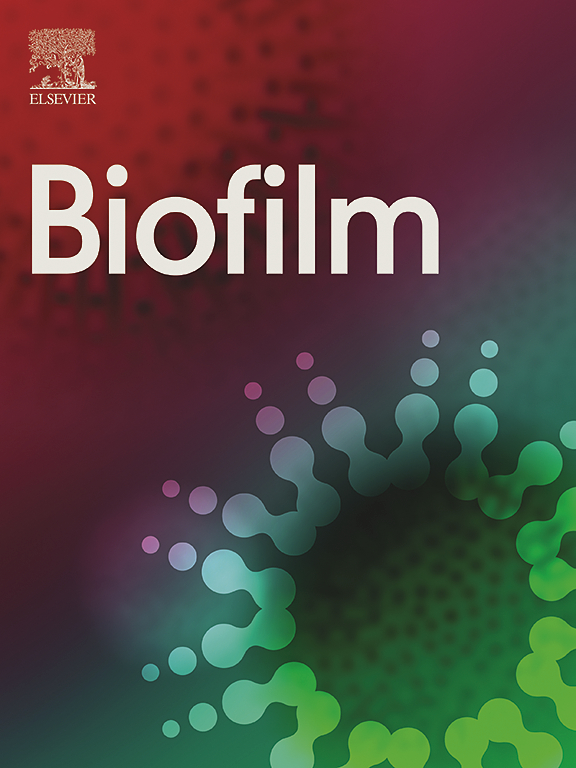Harnessing emergent properties of microbial consortia for Agriculture: Assembly of the Xilonen SynCom
IF 4.9
Q1 MICROBIOLOGY
引用次数: 0
Abstract
Synthetic communities (SynComs) are valuable tools for addressing microbial community assembly and function, towards their manipulation for clinical, biotechnological and agricultural applications. However, SynCom design is complicated since interactions between microbes cannot be predicted based on their individual properties. Here we aimed to assemble a functionally cohesive SynCom displaying high-order interactions, as a model to study the community-level beneficial functions of seed-endophytic bacteria from native maize landraces, including strains from the Bacilli class, and the Burkholderia and Pseudomonas genera. We developed a partial combinatorial, bottom-up strategy that was followed by the detection of complex colony architecture as an emergent property in co-cultures. Using this simplified approach, we tested less than 400 co-cultures from a pool of 27 strains, resulting in the assembly the Xilonen SynCom, which includes Bacillus pumilus NME155, Burkholderia contaminans XM7 and Pseudomonas sp. GW6. In this community, higher-order interactions result in complex colony architecture, which is considered a proxy of biofilm formation. Additionally, we generated protocols for absolute quantification of each member from a complex mixture. The Xilonen SynCom will serve as a model to study biofilm formation in community settings, and will aid in the study of the molecular and ecological basis mediating maize fertility.
利用农业微生物群落的涌现特性:Xilonen SynCom的组装
合成群落(SynComs)是研究微生物群落组装和功能的宝贵工具,可用于临床、生物技术和农业应用。然而,SynCom的设计是复杂的,因为微生物之间的相互作用不能根据它们的个体特性来预测。在这里,我们的目标是组装一个功能内聚的SynCom,显示高阶相互作用,作为一个模型来研究来自本地玉米地方品种的种子内生细菌的群落水平有益功能,包括芽胞杆菌类菌株,伯克霍尔德菌属和假单胞菌属。我们开发了一种部分组合,自下而上的策略,随后检测复杂的群体结构作为共同培养中的新兴特性。利用这种简化的方法,我们从27个菌株中测试了不到400个共培养物,得到了Xilonen SynCom,其中包括短小芽孢杆菌NME155,污染伯克霍尔德氏杆菌XM7和假单胞菌sp. GW6。在这个群落中,高阶相互作用导致复杂的菌落结构,这被认为是生物膜形成的代理。此外,我们从复杂混合物中生成了每个成员的绝对定量方案。Xilonen SynCom将作为研究群落环境下生物膜形成的模型,并将有助于研究介导玉米肥力的分子和生态基础。
本文章由计算机程序翻译,如有差异,请以英文原文为准。
求助全文
约1分钟内获得全文
求助全文

 求助内容:
求助内容: 应助结果提醒方式:
应助结果提醒方式:


